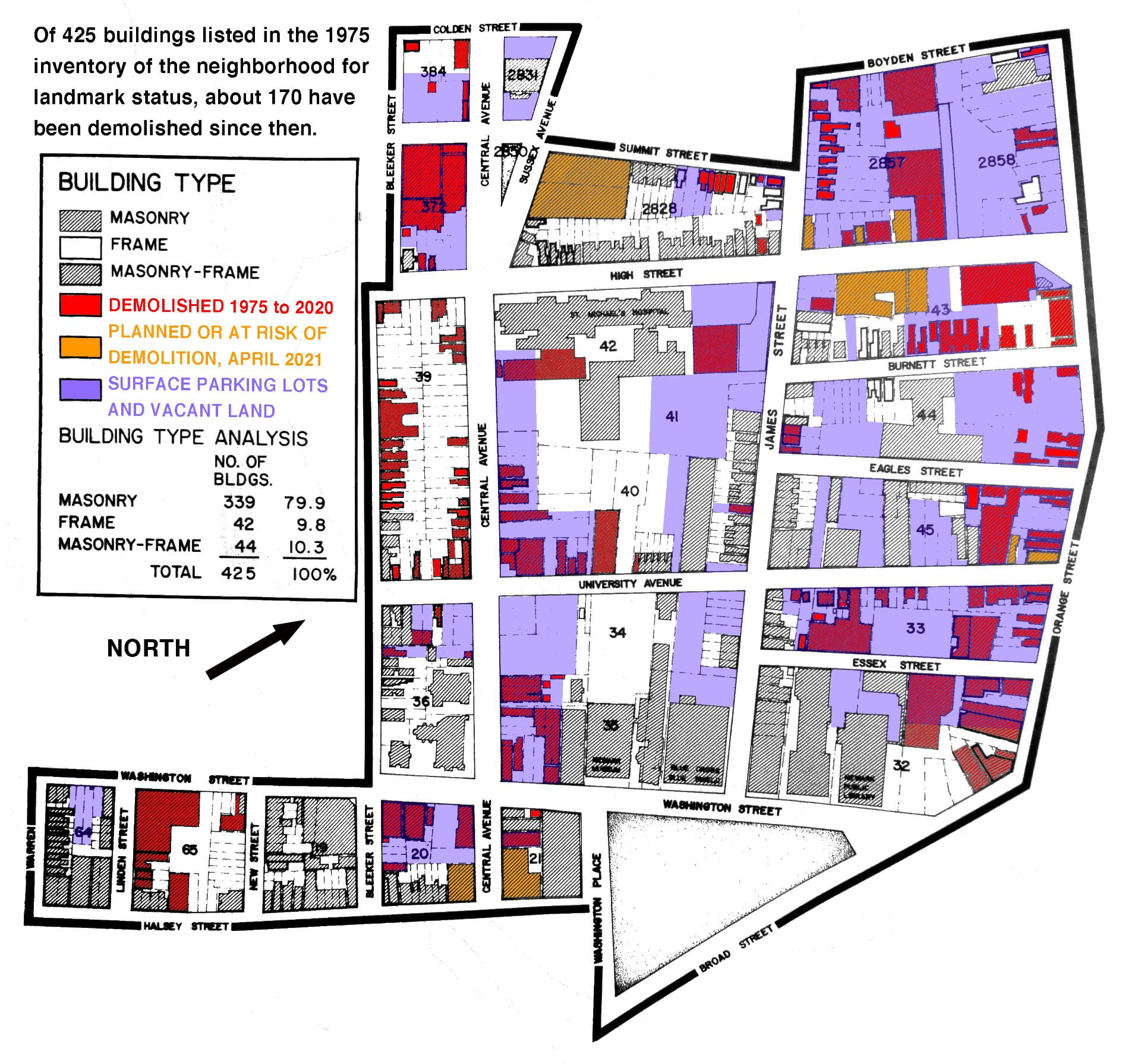What kinds of tax breaks are we giving to redevelop Downtown Newark?
Who is getting them?
An investigative report on public funds for private profit.
.
“Free enterprise is a term that refers, in practice, to a system of public subsidy and private profit, with massive government intervention in the economy to maintain a welfare state for the rich.”
– Noam Chomsky
.
Contents
[1] Who owns the land around Mulberry Commons?
[2] If past predicts future, what kind of past tax breaks have we given?
[3] The problem is not tax breaks. The problem is: Who gets them?
[4] How can we ensure equitable economic development in Newark?
Five policy recommendations.
.
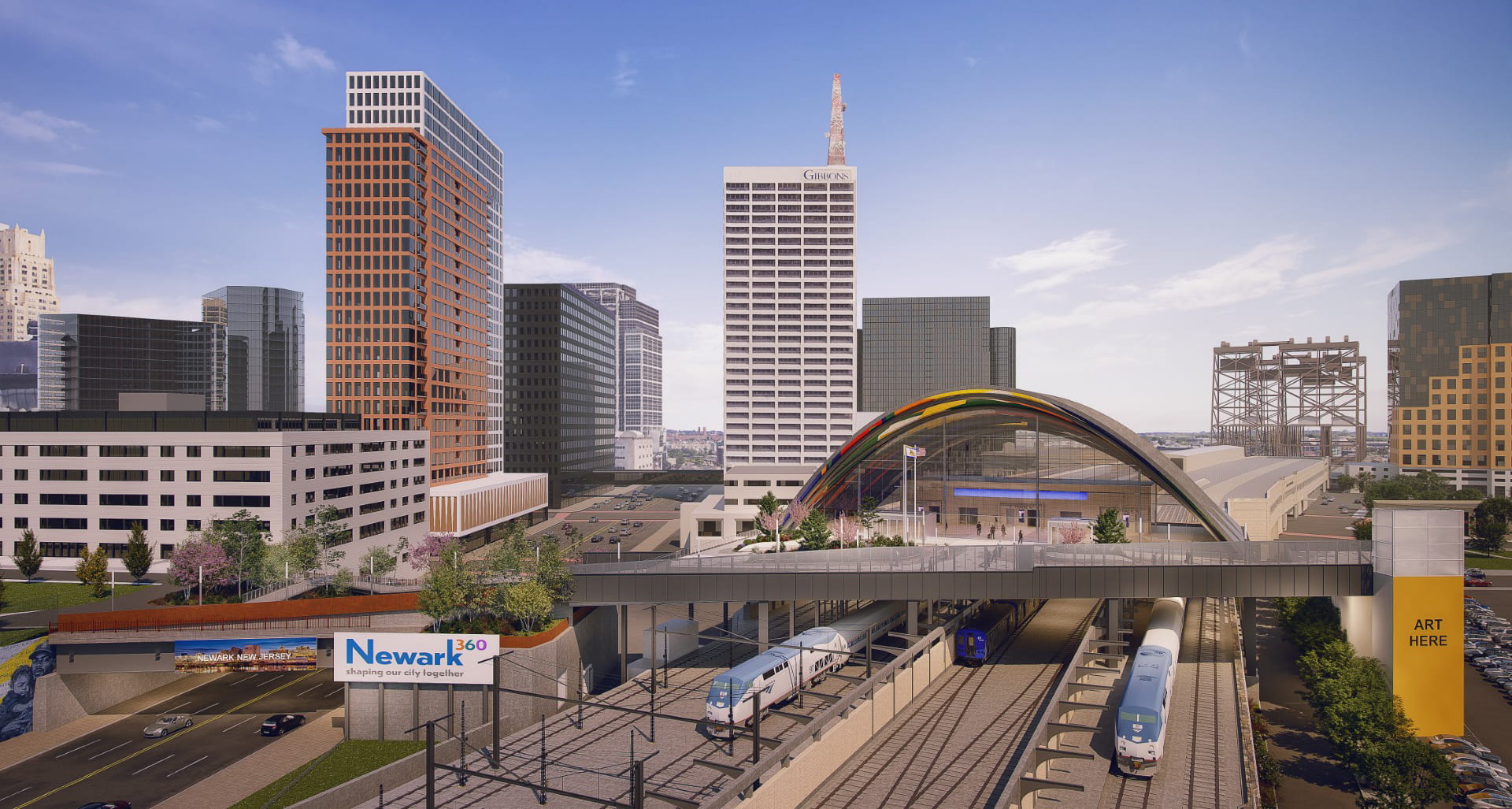
Artist’s rendering of Newark Penn Station expansion
.
Introduction: A Case Study in Edison Parking
The City of Newark borrowed $110 million to pay for a pedestrian bridge over Route 21. This new link between Mulberry Commons and Penn Station will allow travelers, event goers, and sports fans to walk directly from the trains to the games at the arena. Newark City Hall and the media are describing this as Newark’s equivalent and response to New York City’s High Line. This project follows on the already $10 million spent on building Mulberry Commons.
As part of misguided car-centered 20th-century urban planning, thousands of highways were built in our nation through low-income communities of color, to divide the less privileged in hundreds of places like Newark. Through the tools of public investment in public space, now is a moment to make wrong historical injustices like Route 21, Route 22, Interstate 78, and Interstate 280. Now is a historic opportunity for the urban form as tool of reparations.
However, what parts of the public – divided across lines of race, income, and home address – will benefit the most from this project? Will the benefits of this investment disproportionately go to a few people or institutions, such as Prudential Center patrons and Edison Parking tenants?
.






















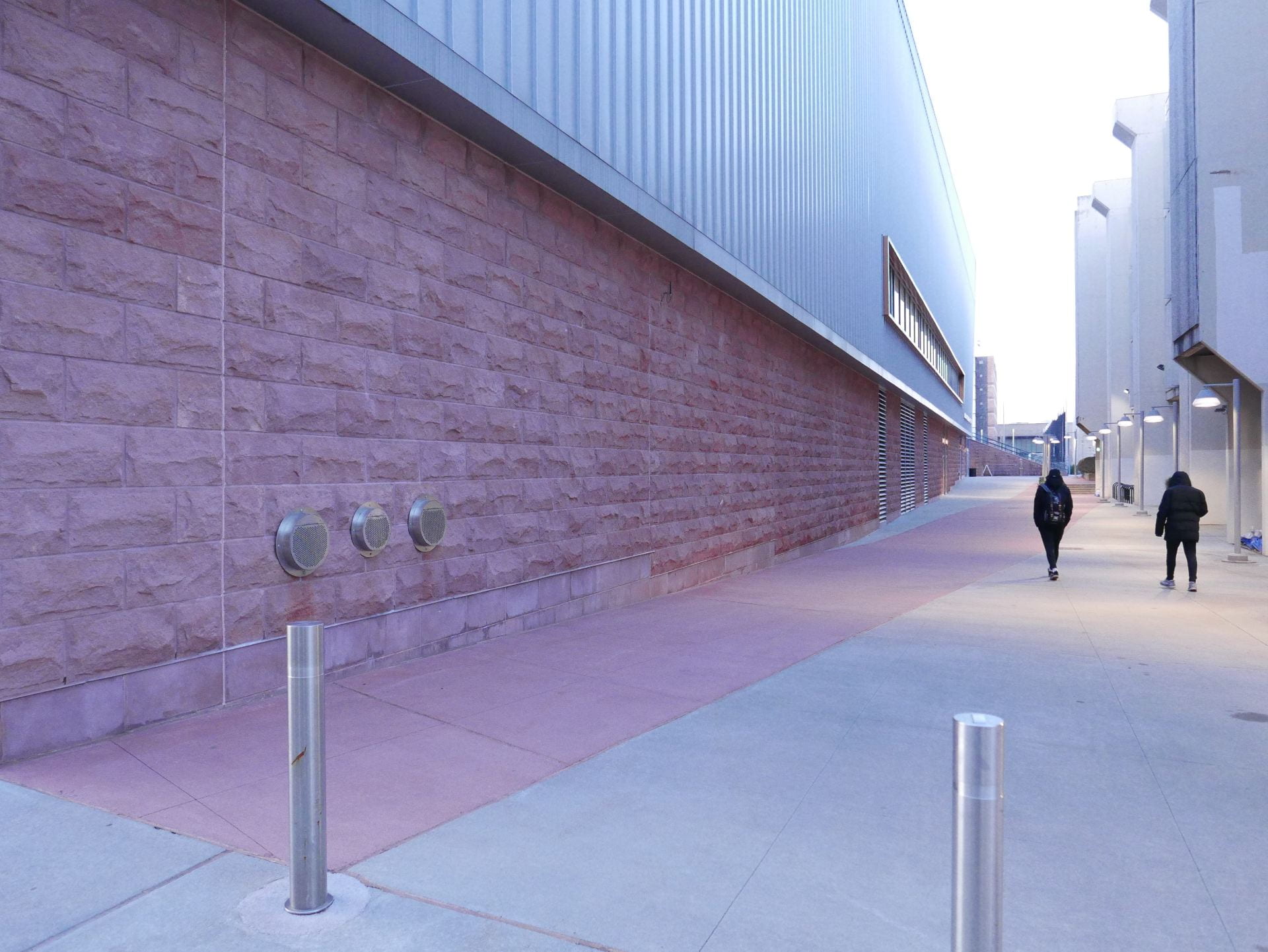
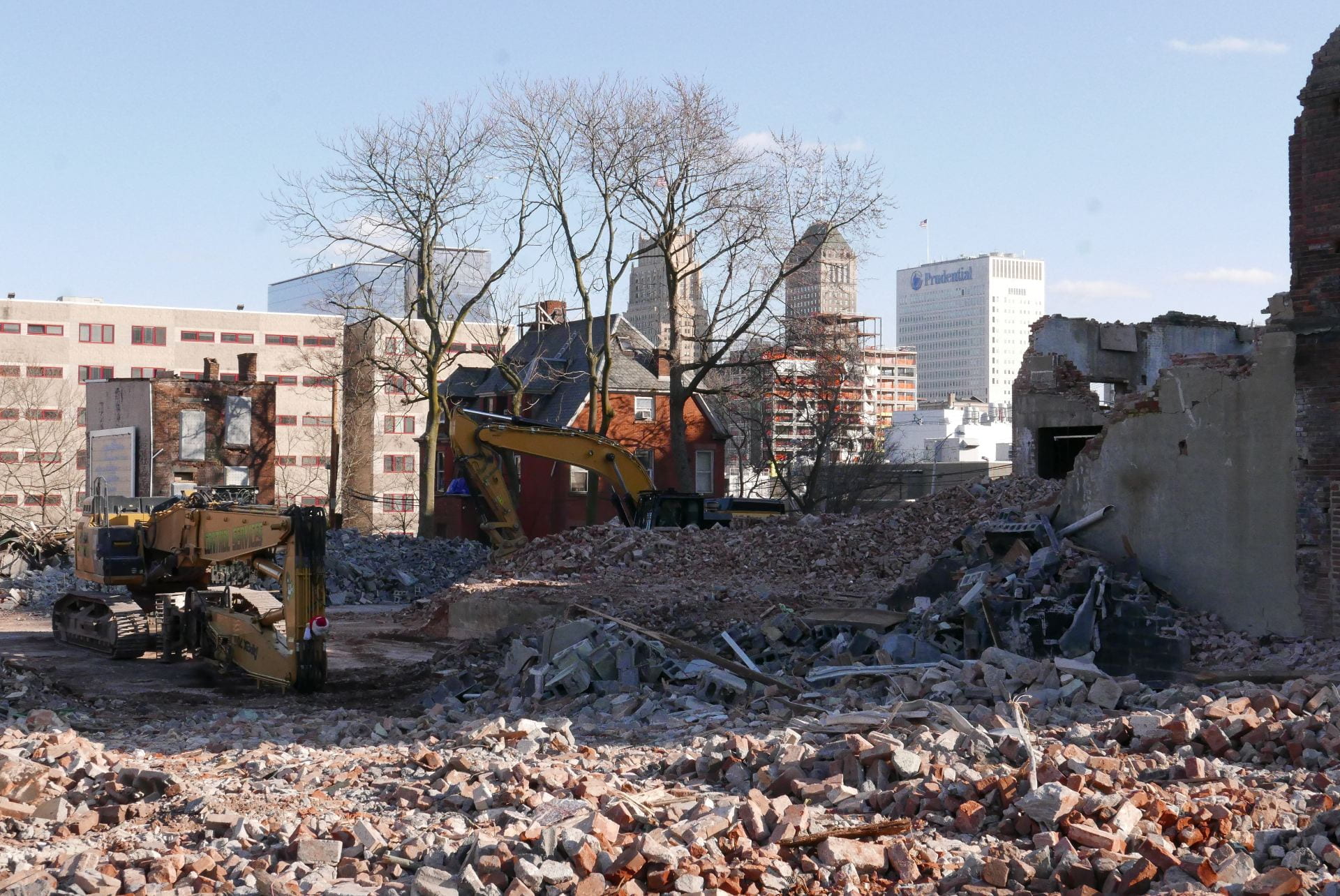

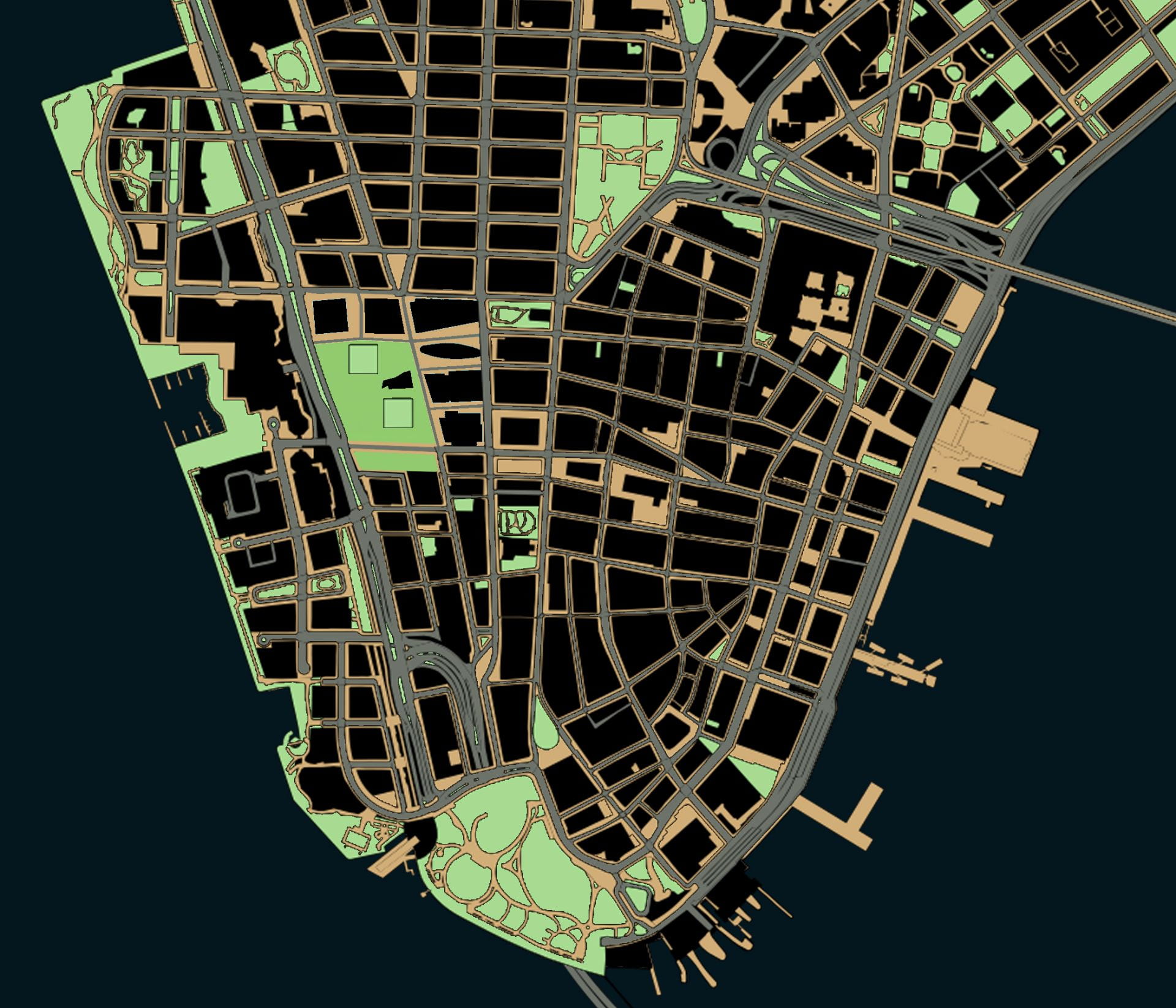
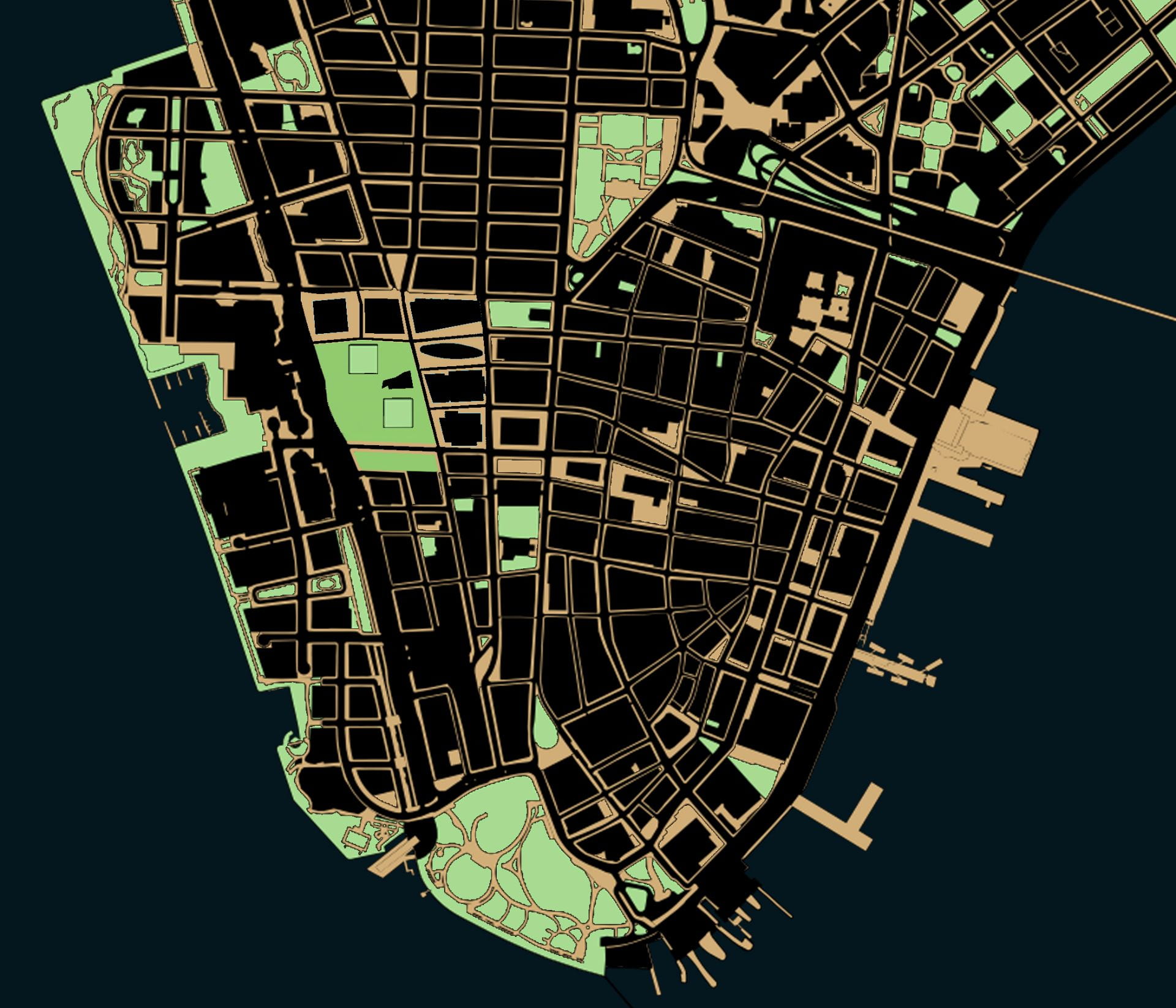
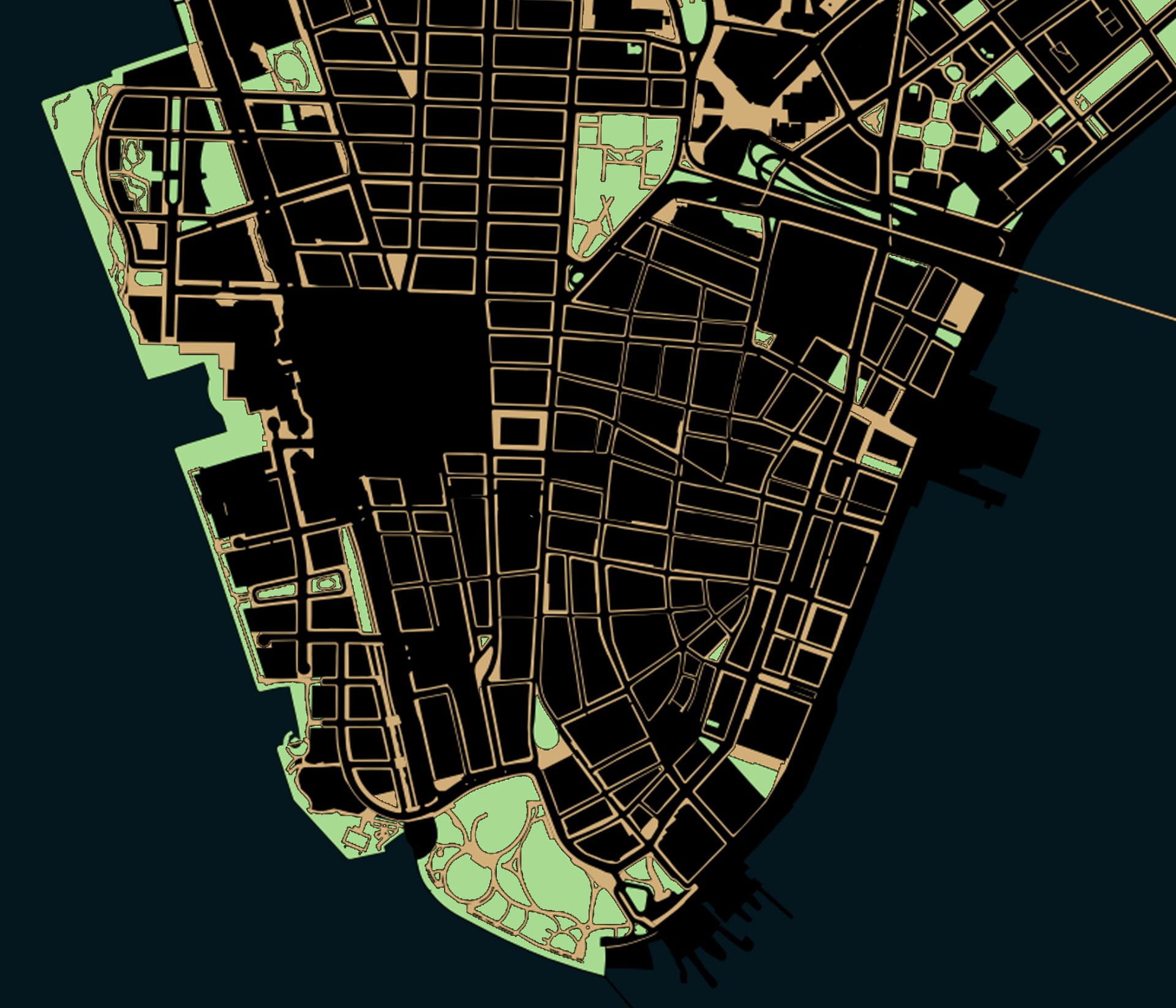

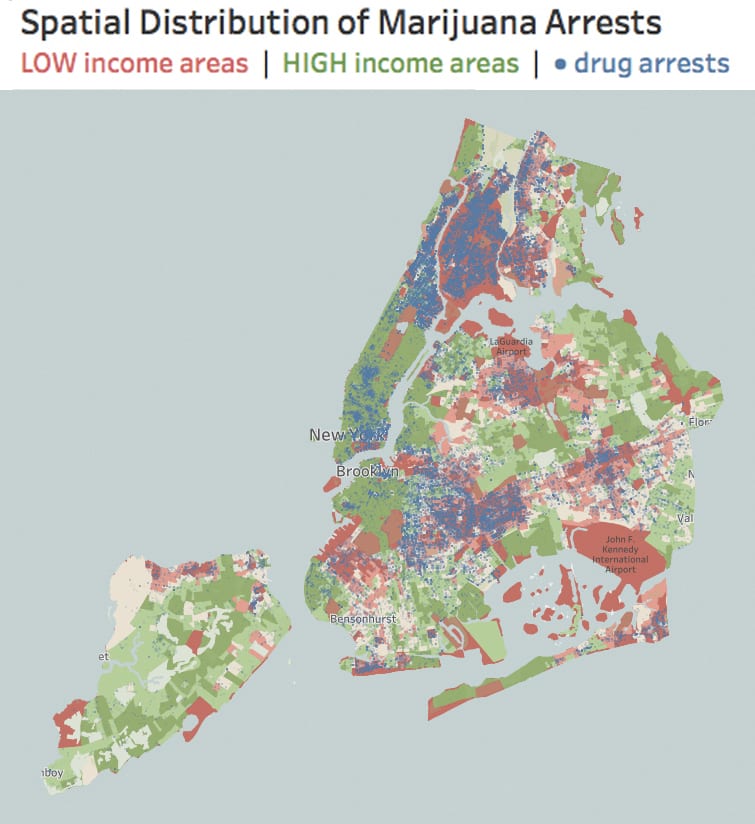

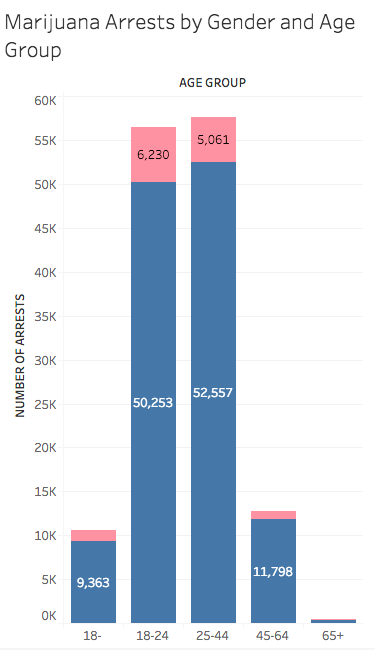
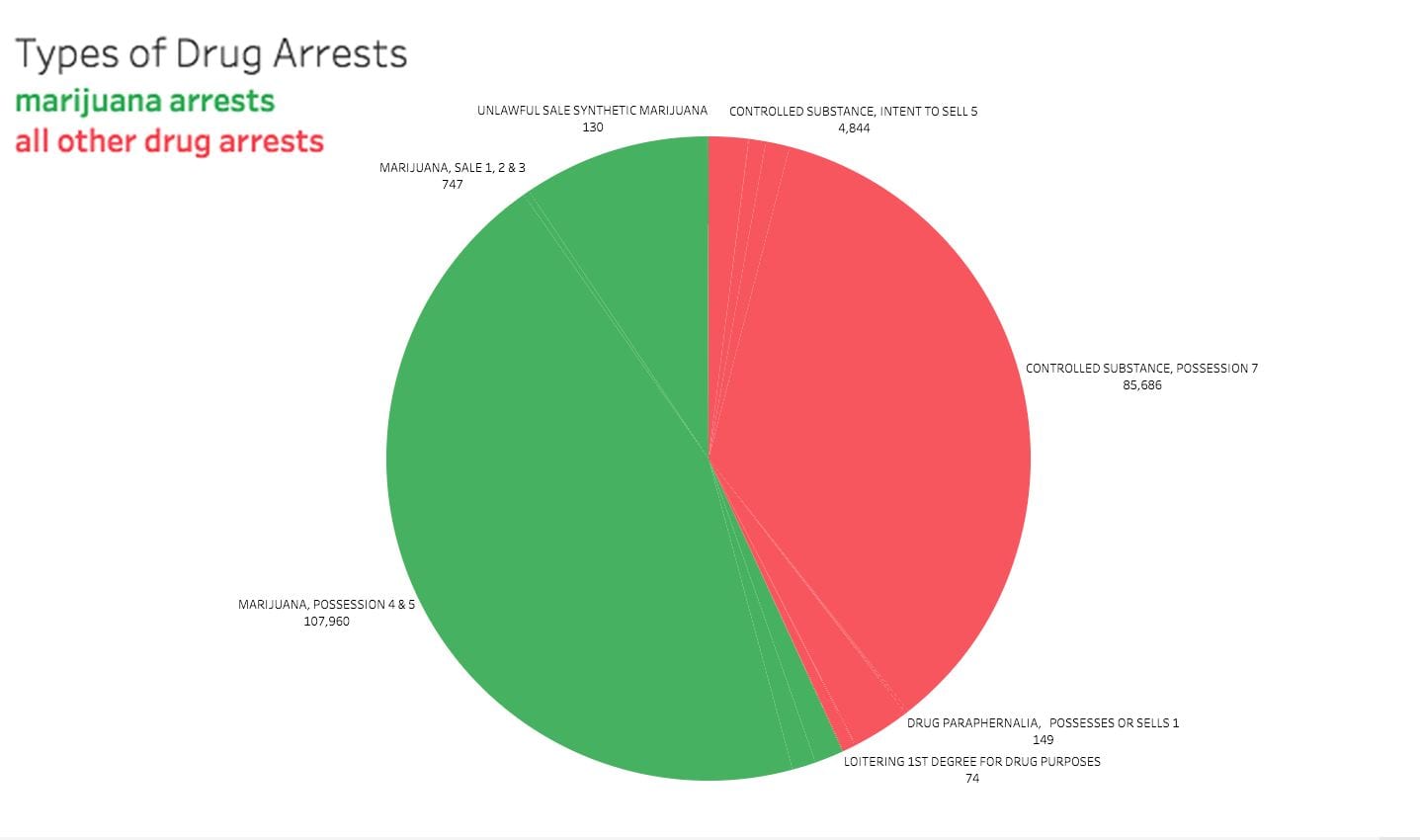
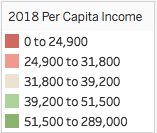
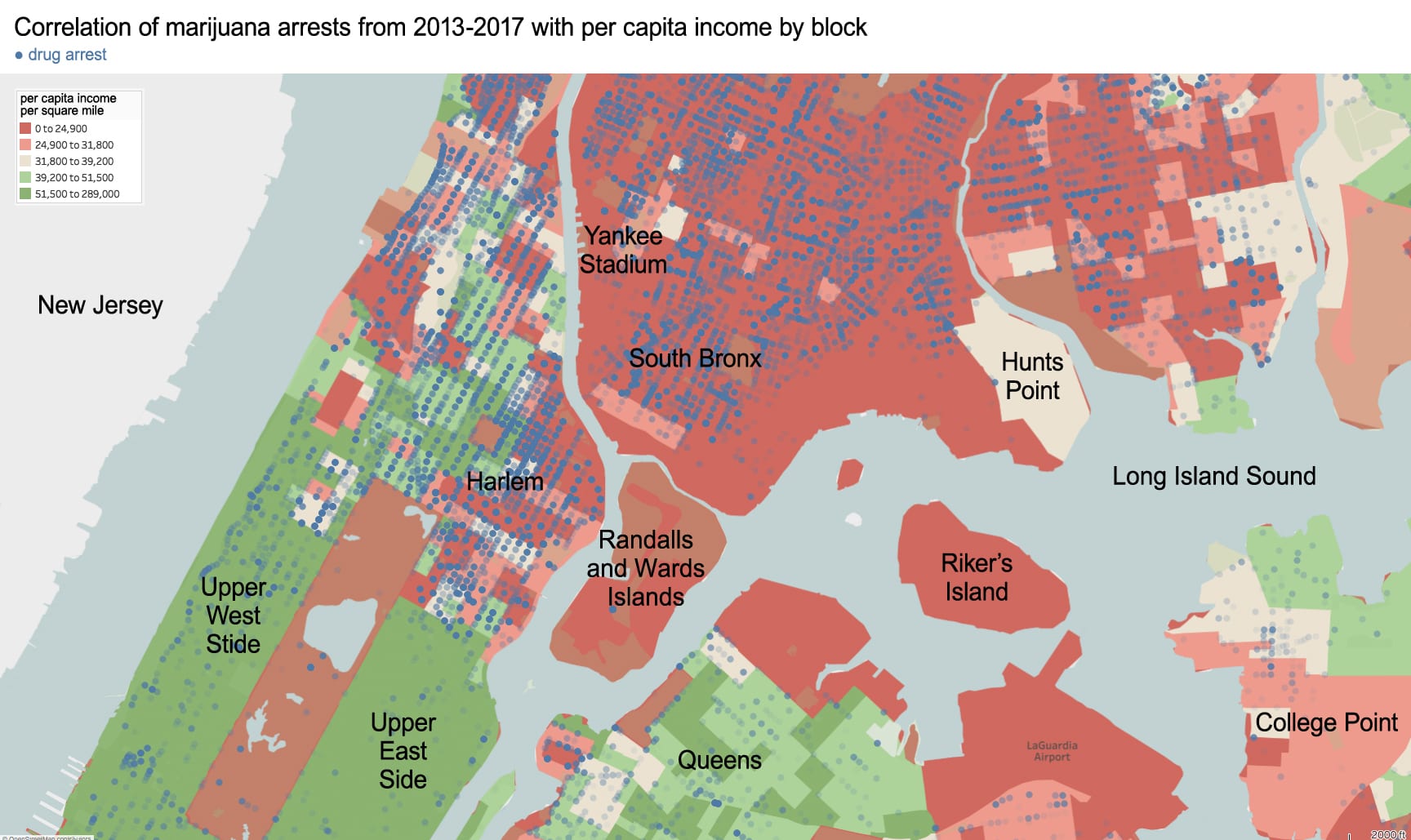
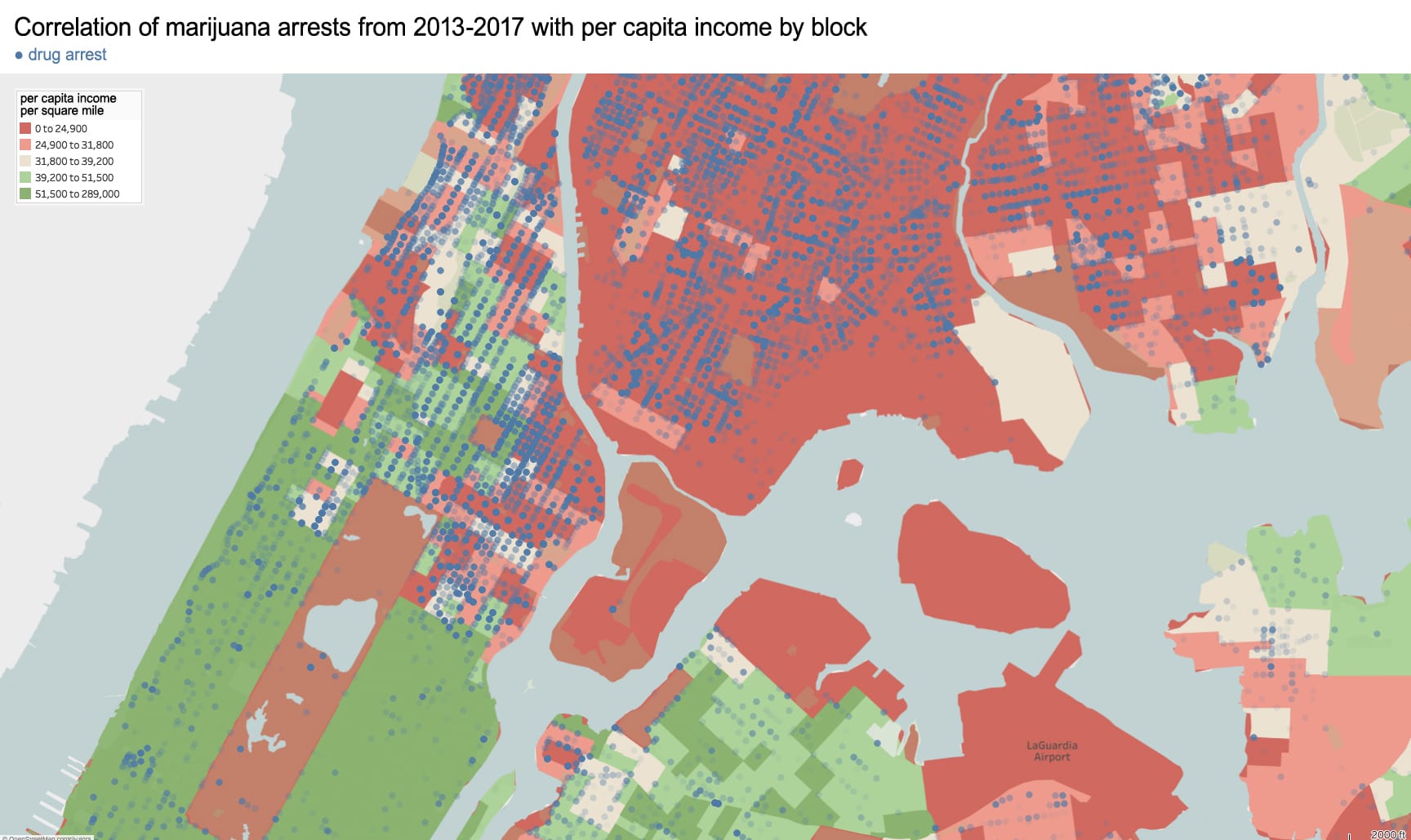
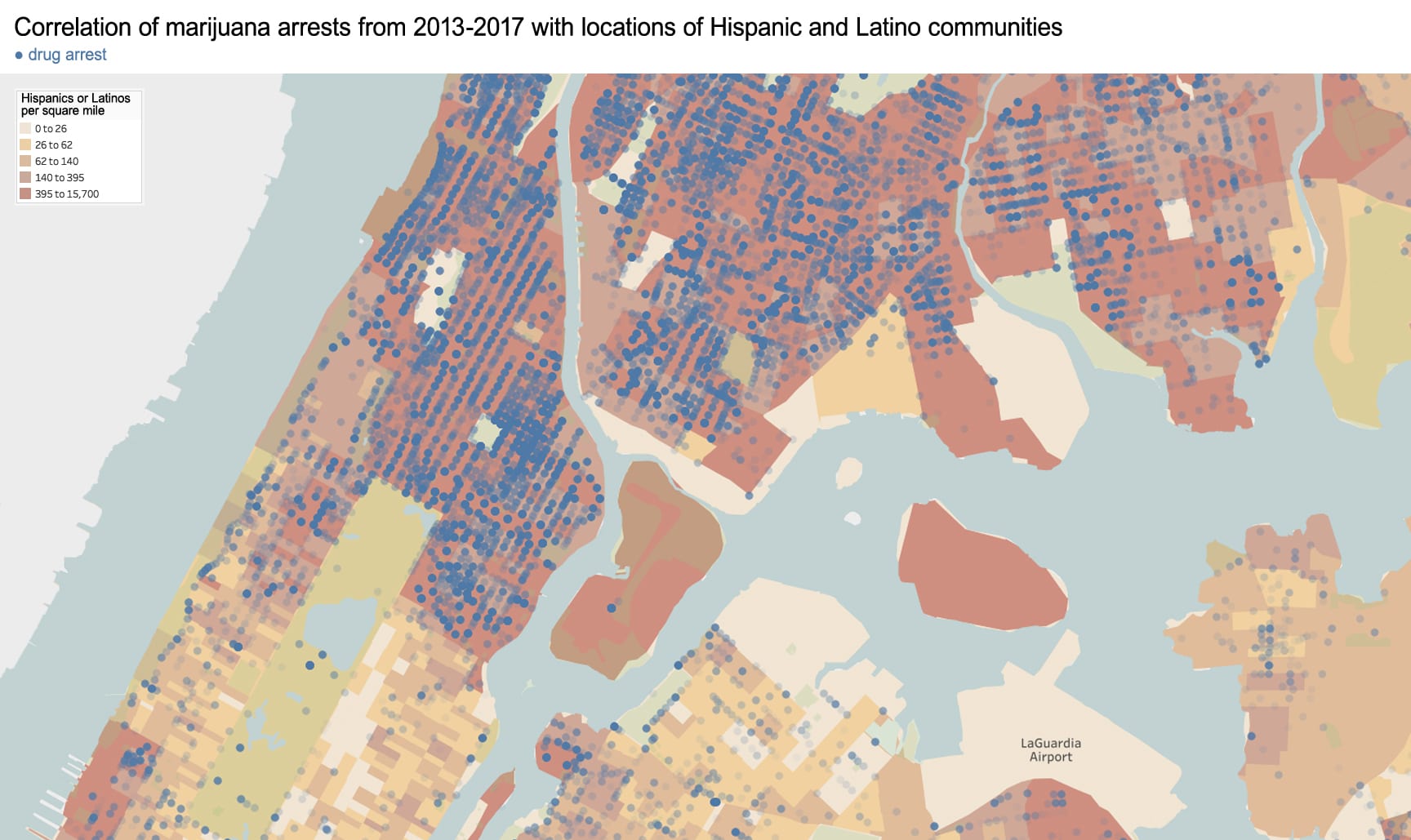
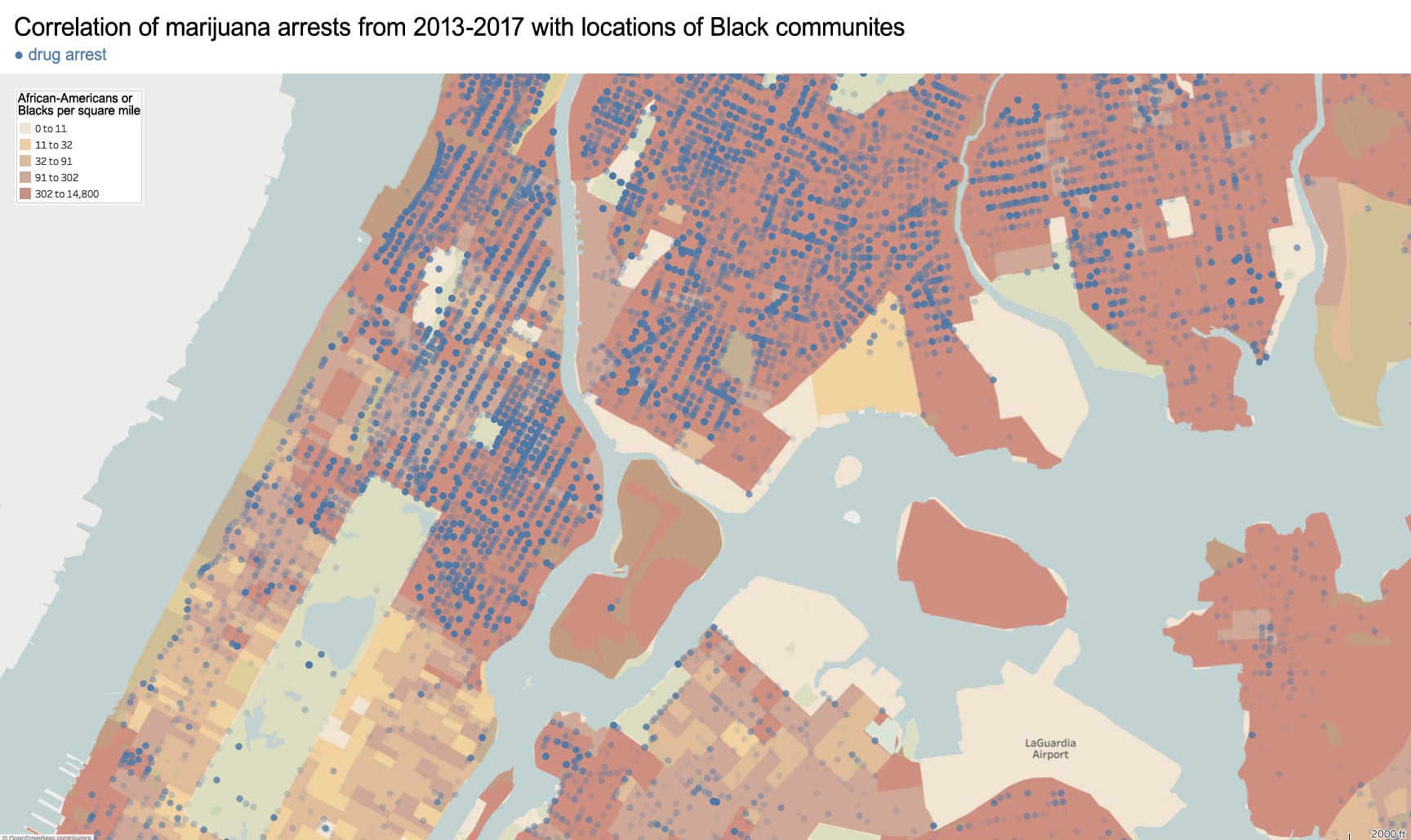
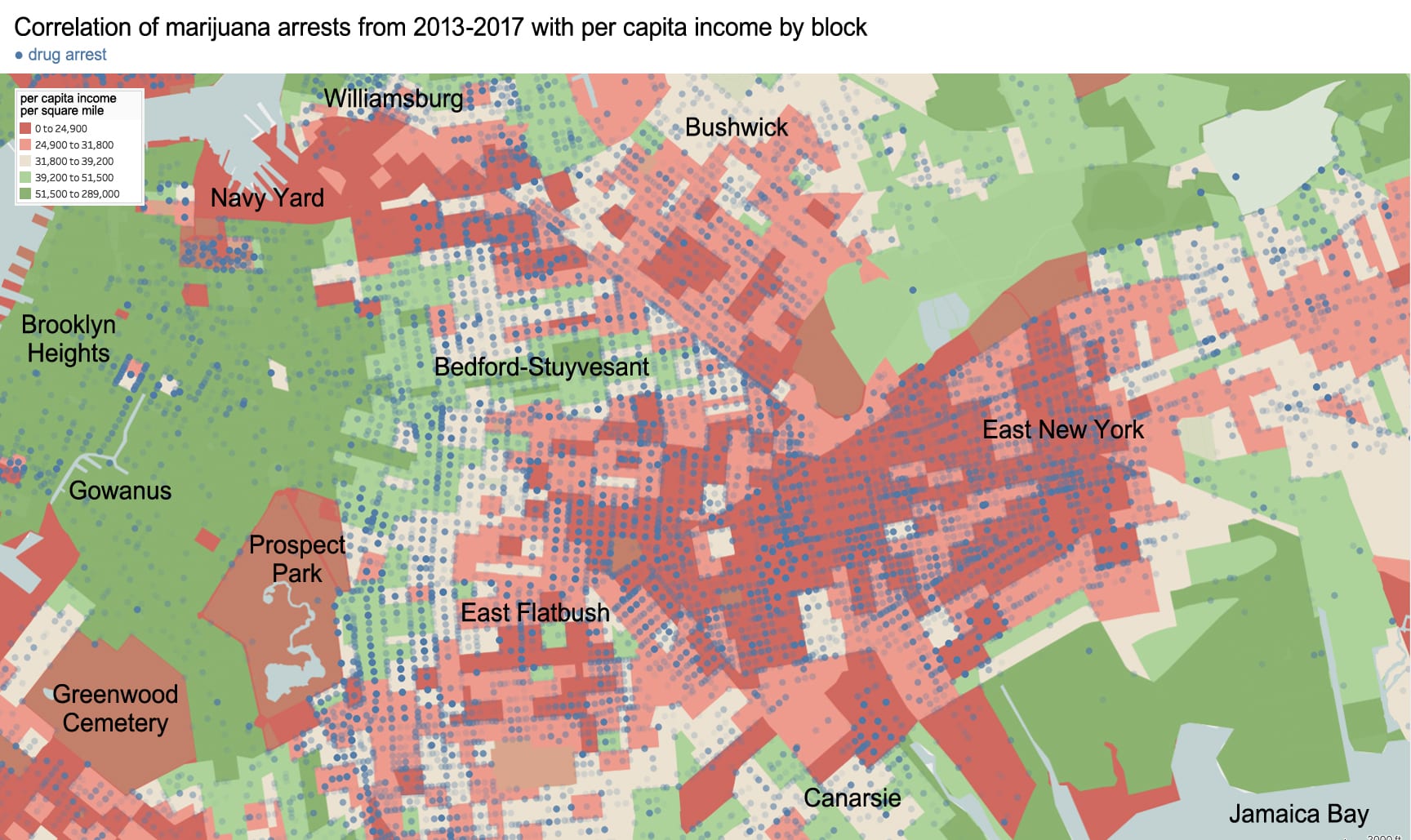
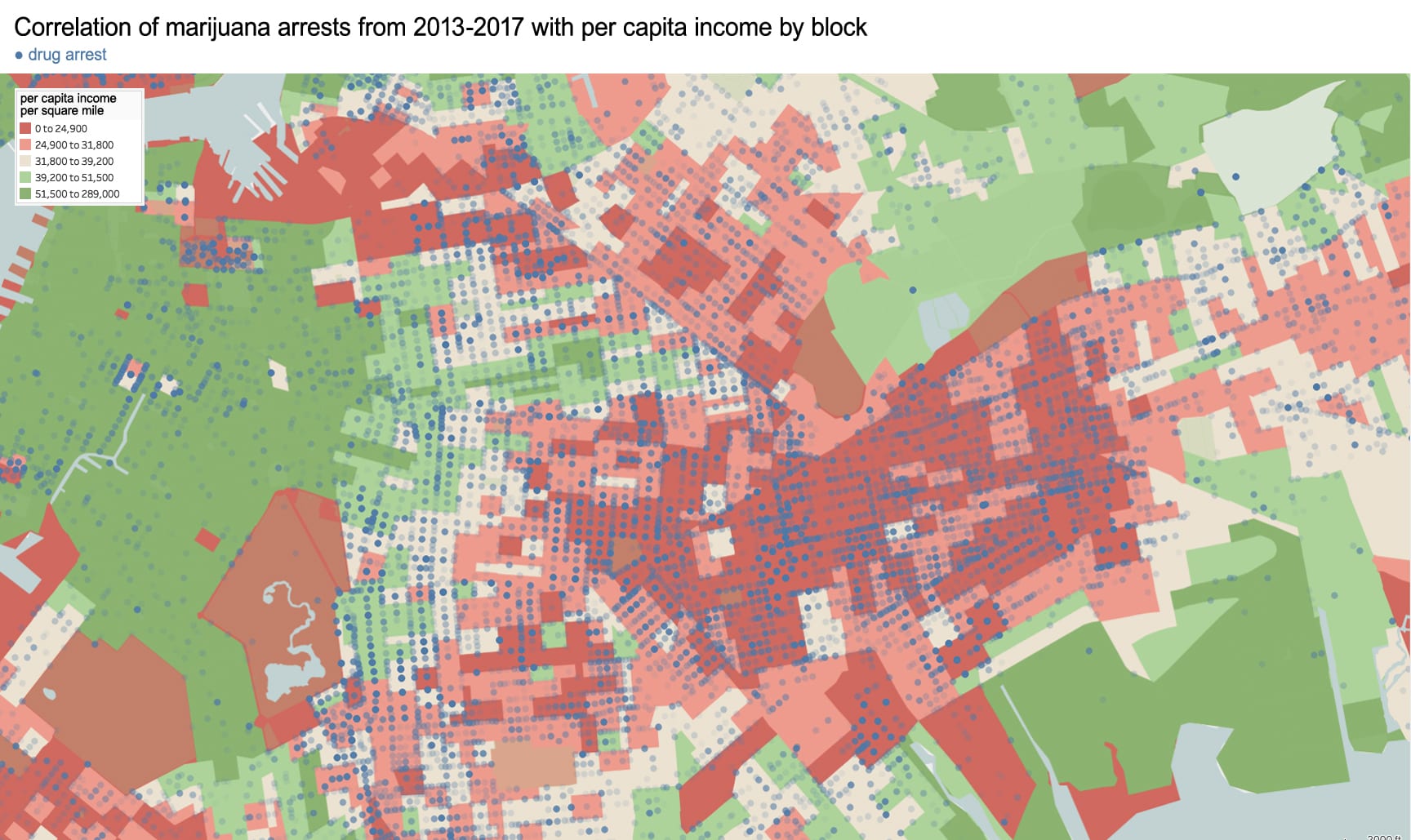
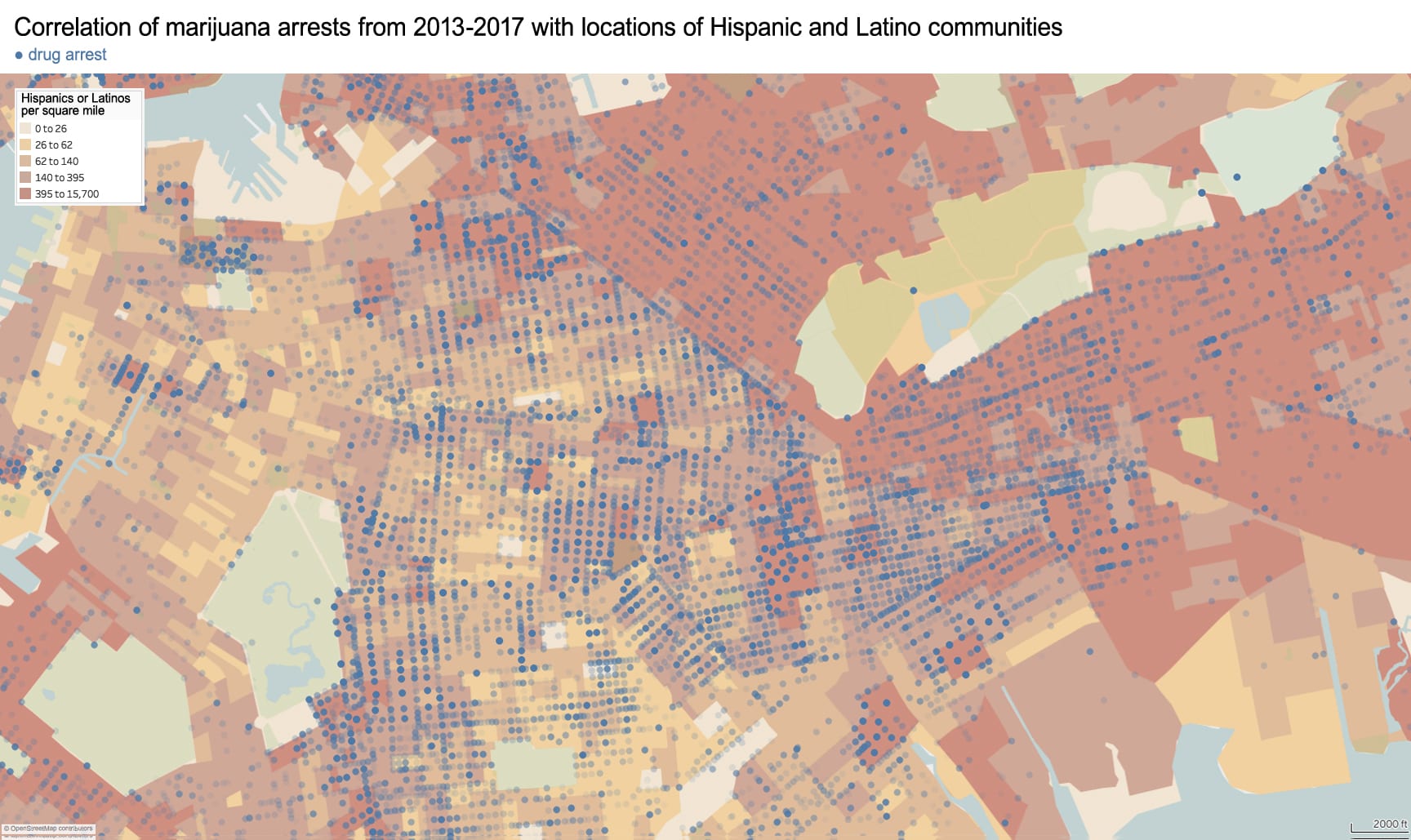
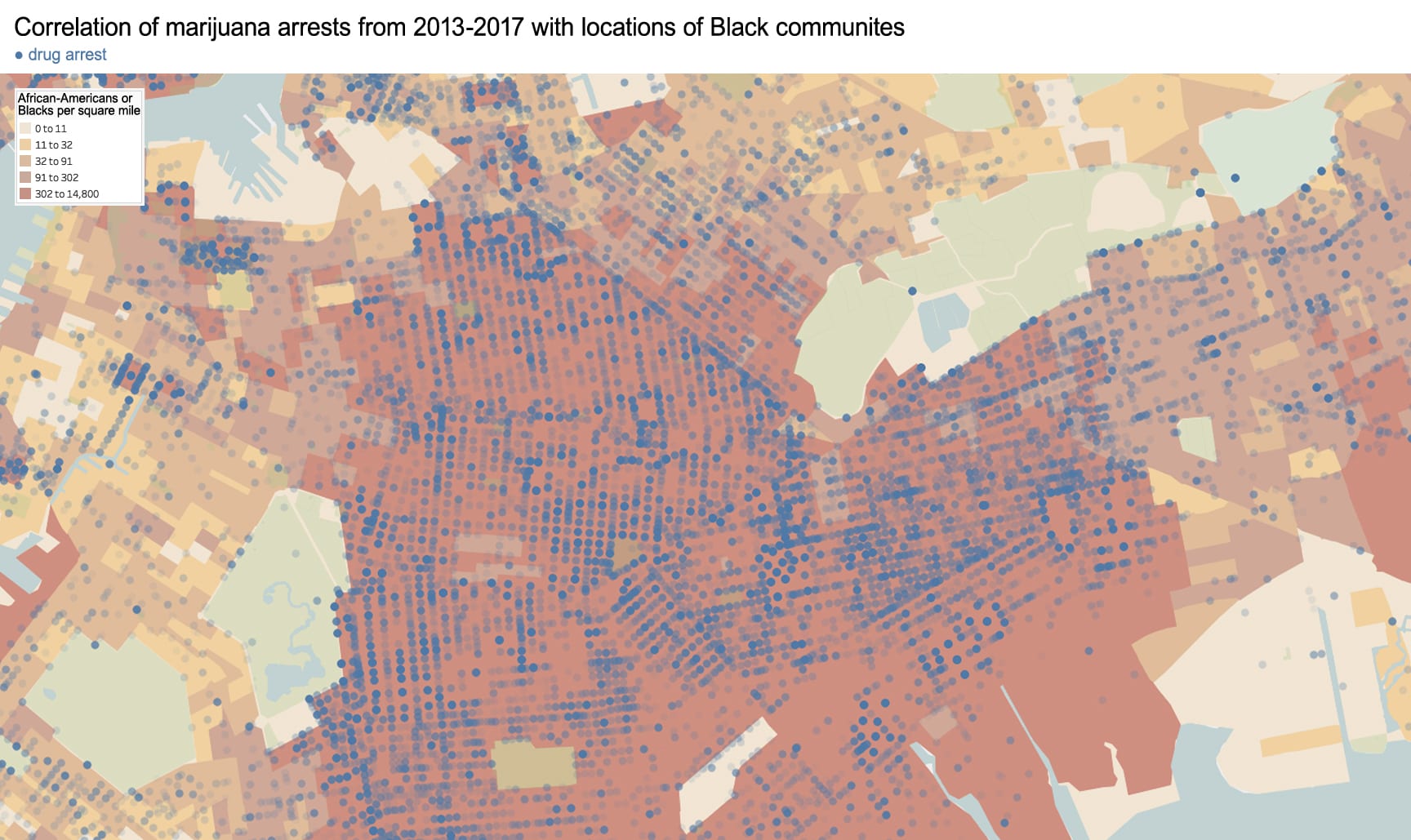
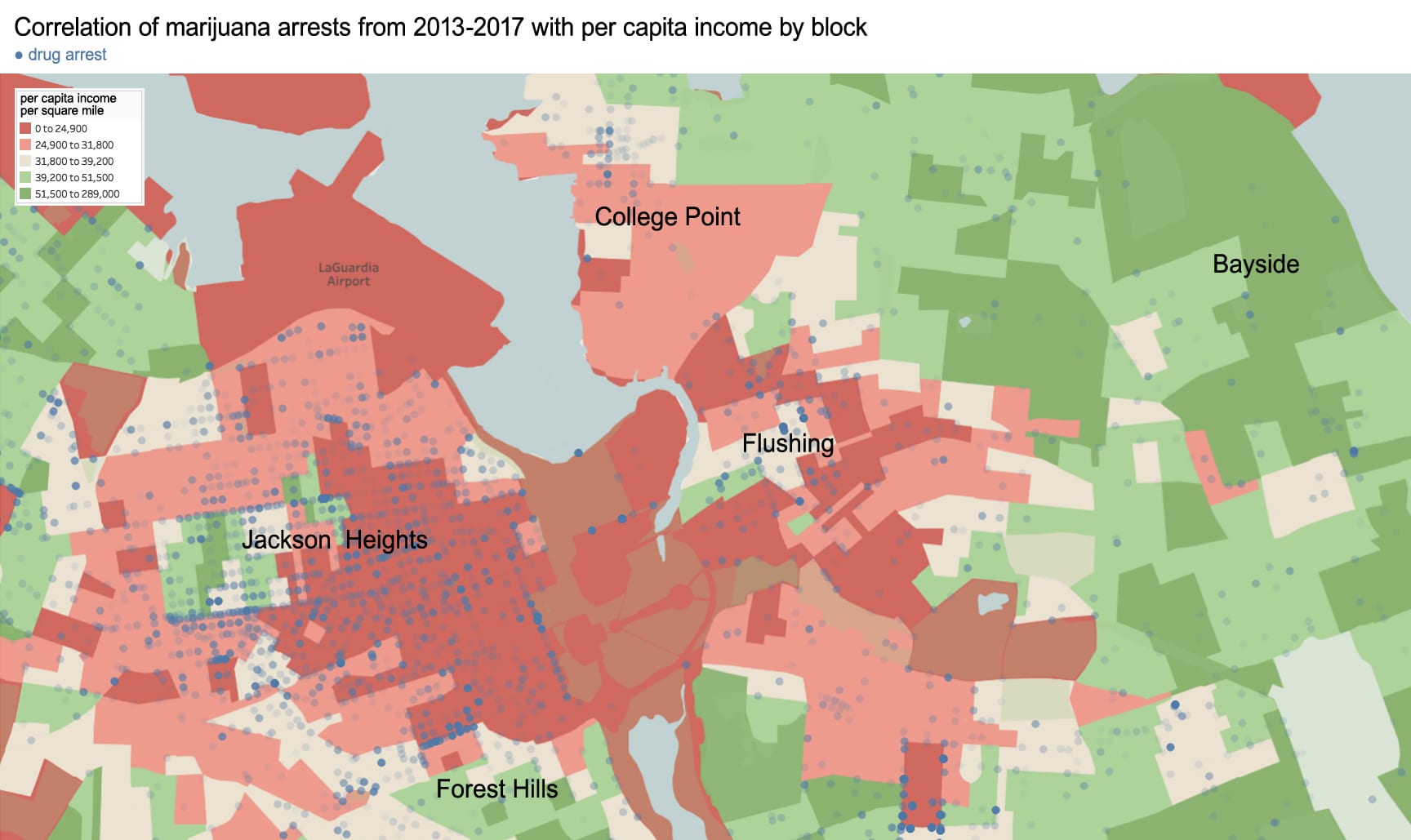
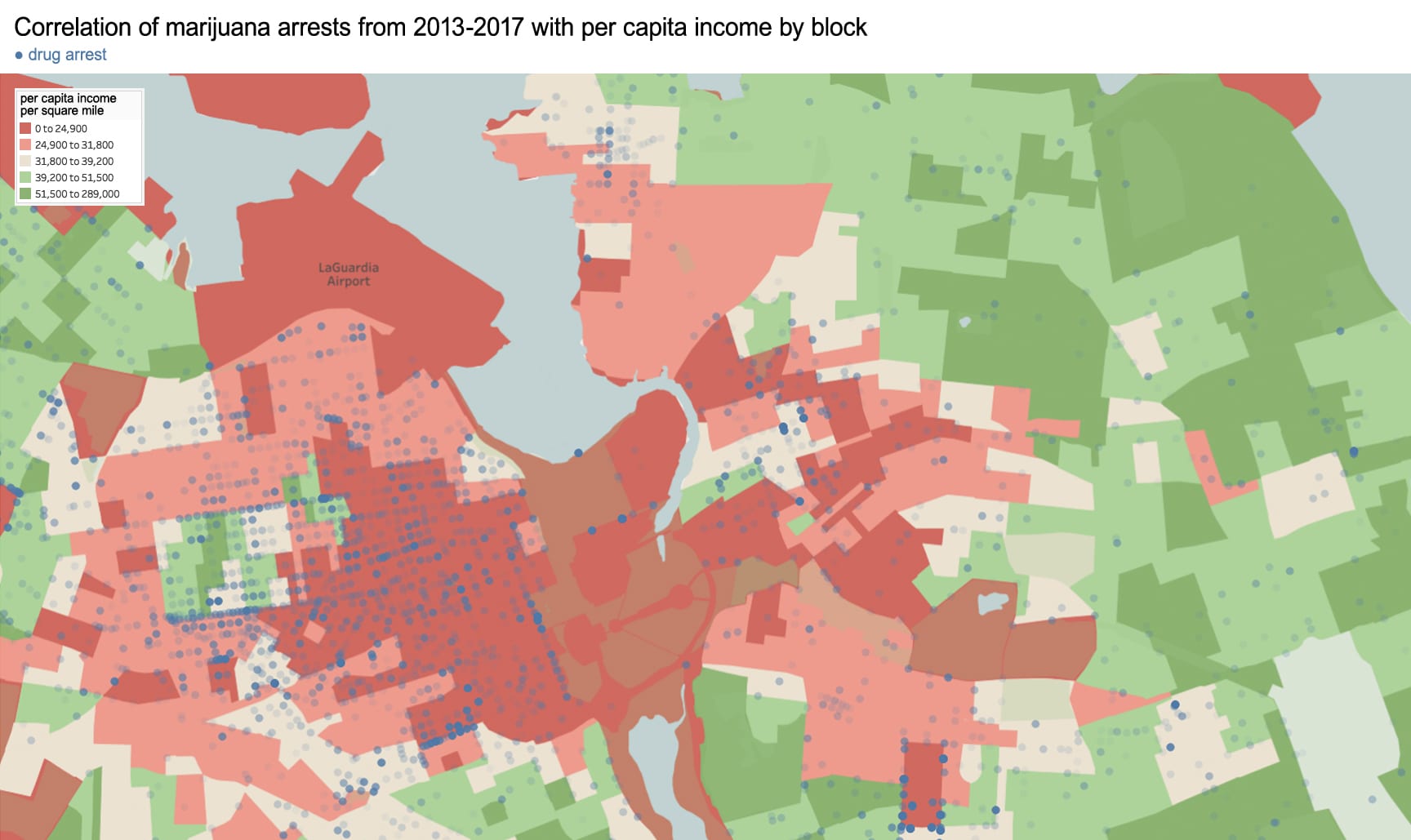
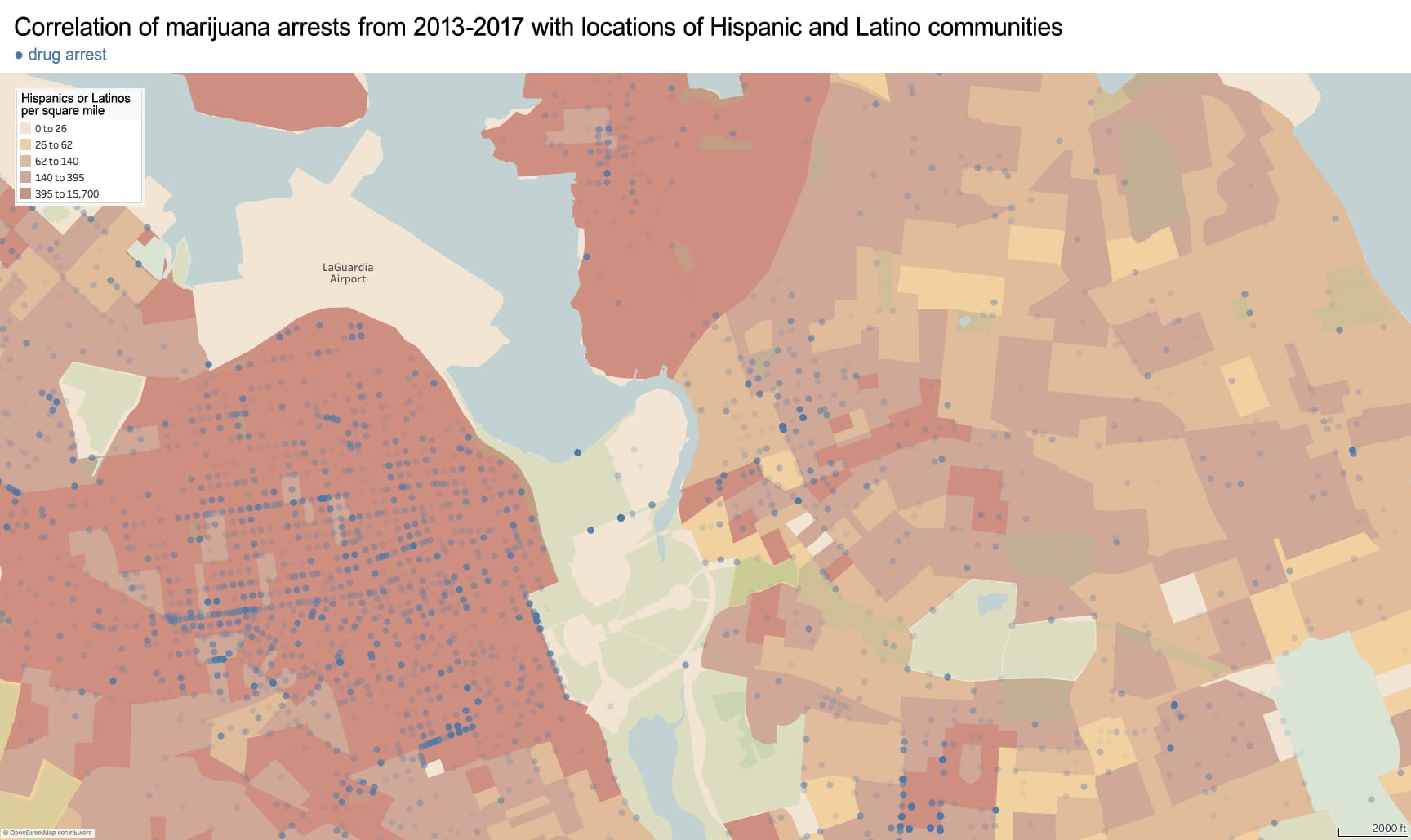
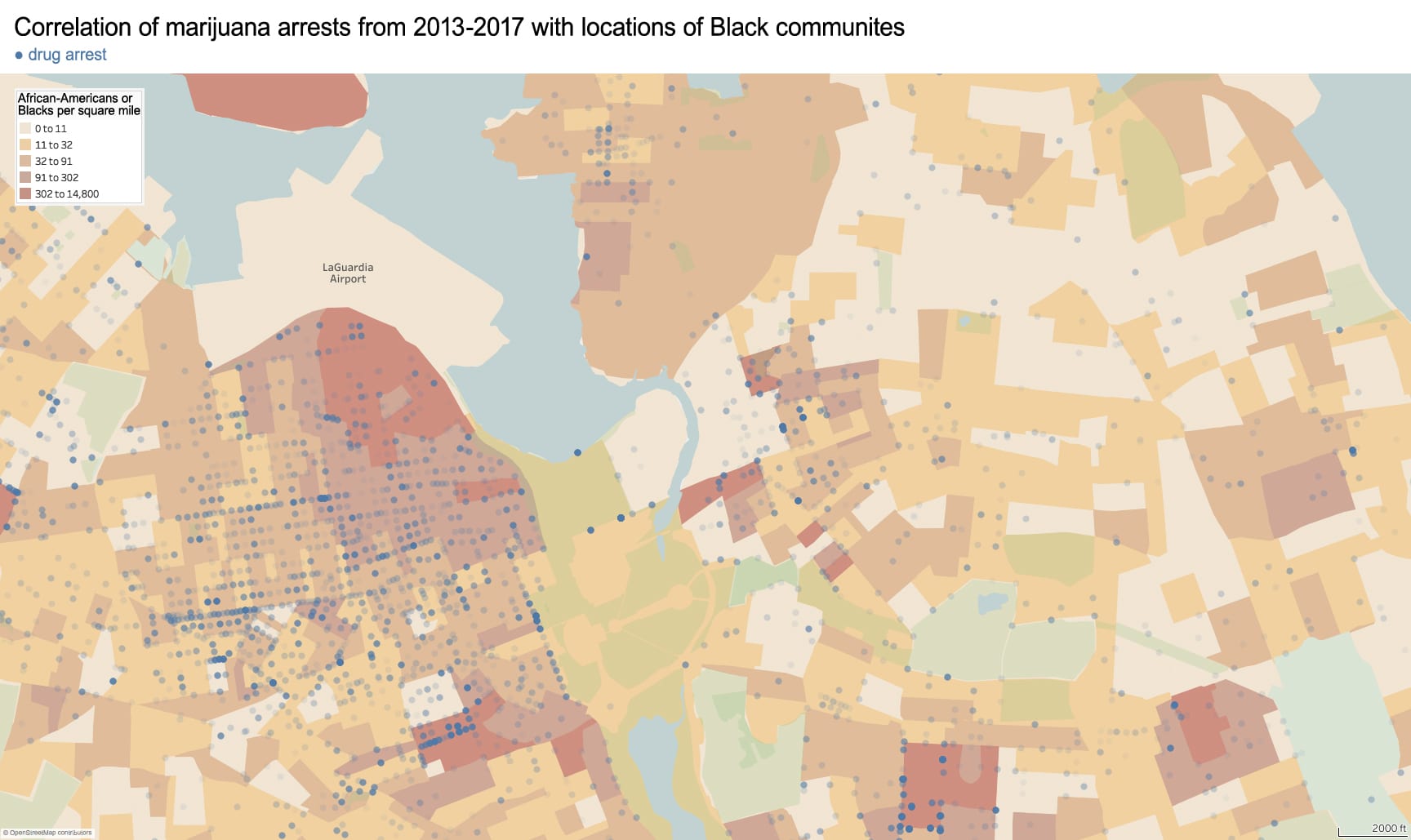
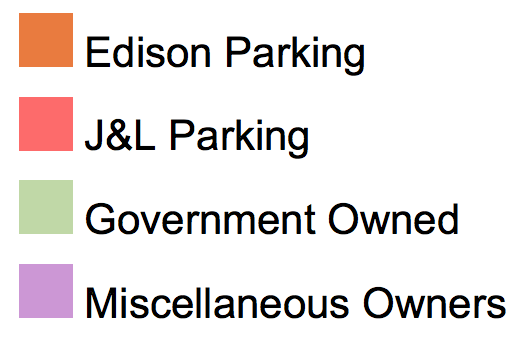 Explore an interactive map of the 300+ acres of parking in Downtown Newark. This map is part of
Explore an interactive map of the 300+ acres of parking in Downtown Newark. This map is part of 